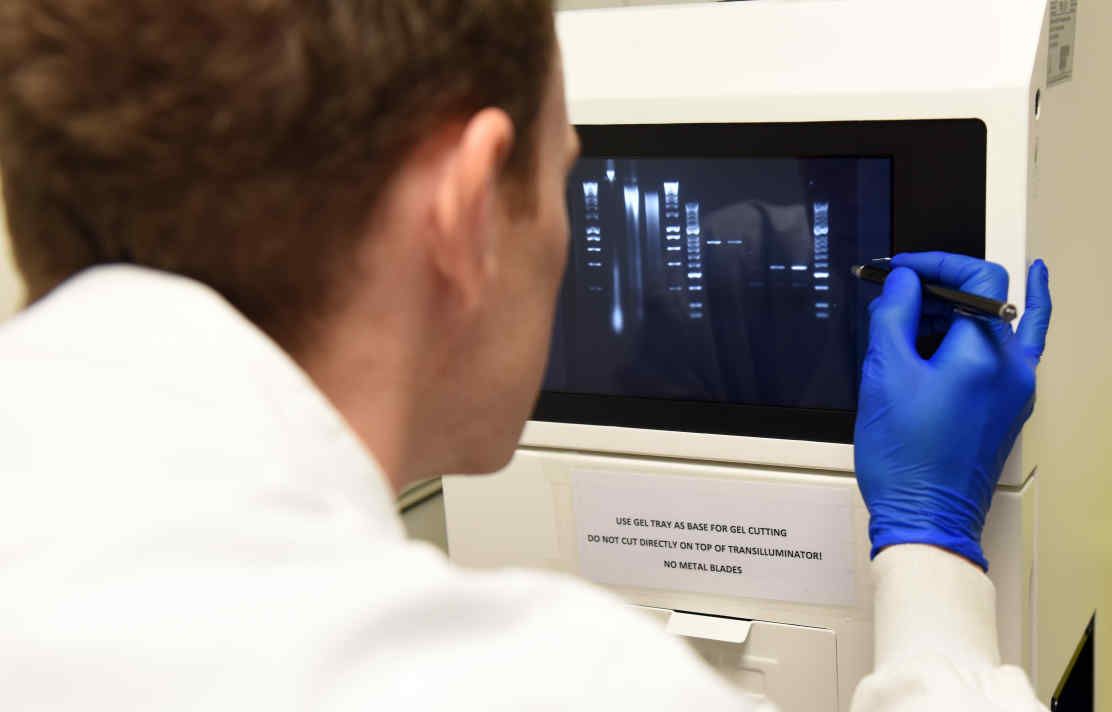BibTex format
@article{Sundaram:2019:eurheartj/ehz880,
author = {Sundaram, V and Bloom, C and Zakeri, R and halcox, J and cohen, A and bowrin, K and briere, J-B and banerjee, A and simon, D and Cleland, J and Rajagopalan, S and Quint, J},
doi = {eurheartj/ehz880},
journal = {European Heart Journal},
pages = {1636--1649},
title = {Temporal trends in the incidence, treatment patterns, and outcomes of coronary artery disease and peripheral artery disease in the United Kingdom, 2006-2015},
url = {http://dx.doi.org/10.1093/eurheartj/ehz880},
volume = {41},
year = {2019}
}
RIS format (EndNote, RefMan)
TY - JOUR
AB - AimsMost reports estimating national incidence rates of coronary (CAD) and peripheral arterial disease (PAD) have focused on stable outpatients or acute or elective hospital admissions, but not on the overall burden of disease. In this study, we report the changing trends in the population-level incidence of CAD and PAD, respectively from 2006 to 2015, statin utilization for secondary prevention and survival outcomes using multiple nationally representative data sources from the UK (primary care encounters, hospital admissions, and procedure-level data).Methods and resultsA nationally representative study of linked primary and secondary care electronic health records of 4.6 million individuals from the UK. We calculated crude and standardized annual incidence rates separately for CAD and PAD. Statin use for secondary prevention, trends in annual major vascular event rates, and mortality between 2006 and 2015, were estimated for CAD and PAD, respectively. We identified 160 376 and 70 753 patients with incident CAD and PAD, respectively. The age- and sex-standardized incidence of CAD was similar in 2006 (443 per 100 000 person-years) and 2015 [436 per 100 000 person-years; adjusted incidence rate ratio (IRR) 0.98, 95% confidence interval (CI) 0.96–1.00]. In contrast, there was a 15% decline in the standardized incidence of PAD (236 per 100 000 person-years in 2006 to 202 per 100 000 person-years in 2015; adjusted IRR 0.85, 95% CI 0.82–0.88). The proportion of incident CAD and PAD patients prescribed long-term statins, was only 66% and 55%, respectively and was less common amongst women, patients aged >70 years, with heart failure, chronic lung disease, or depression. Cardiovascular mortality declined by 43% for incident CAD (adjusted IRR 0.57, 95% CI 0.50–0.64) between 2006 and 2015 but did not decline for incident PAD (adjusted IRR 0.84, 95% CI 0.70–1.00).Conclusion and relevanceIn the UK, the standardized incidence of CAD appears stable bu
AU - Sundaram,V
AU - Bloom,C
AU - Zakeri,R
AU - halcox,J
AU - cohen,A
AU - bowrin,K
AU - briere,J-B
AU - banerjee,A
AU - simon,D
AU - Cleland,J
AU - Rajagopalan,S
AU - Quint,J
DO - eurheartj/ehz880
EP - 1649
PY - 2019///
SN - 0195-668X
SP - 1636
TI - Temporal trends in the incidence, treatment patterns, and outcomes of coronary artery disease and peripheral artery disease in the United Kingdom, 2006-2015
T2 - European Heart Journal
UR - http://dx.doi.org/10.1093/eurheartj/ehz880
UR - https://academic.oup.com/eurheartj/article/41/17/1636/5688936
UR - http://hdl.handle.net/10044/1/75481
VL - 41
ER -
